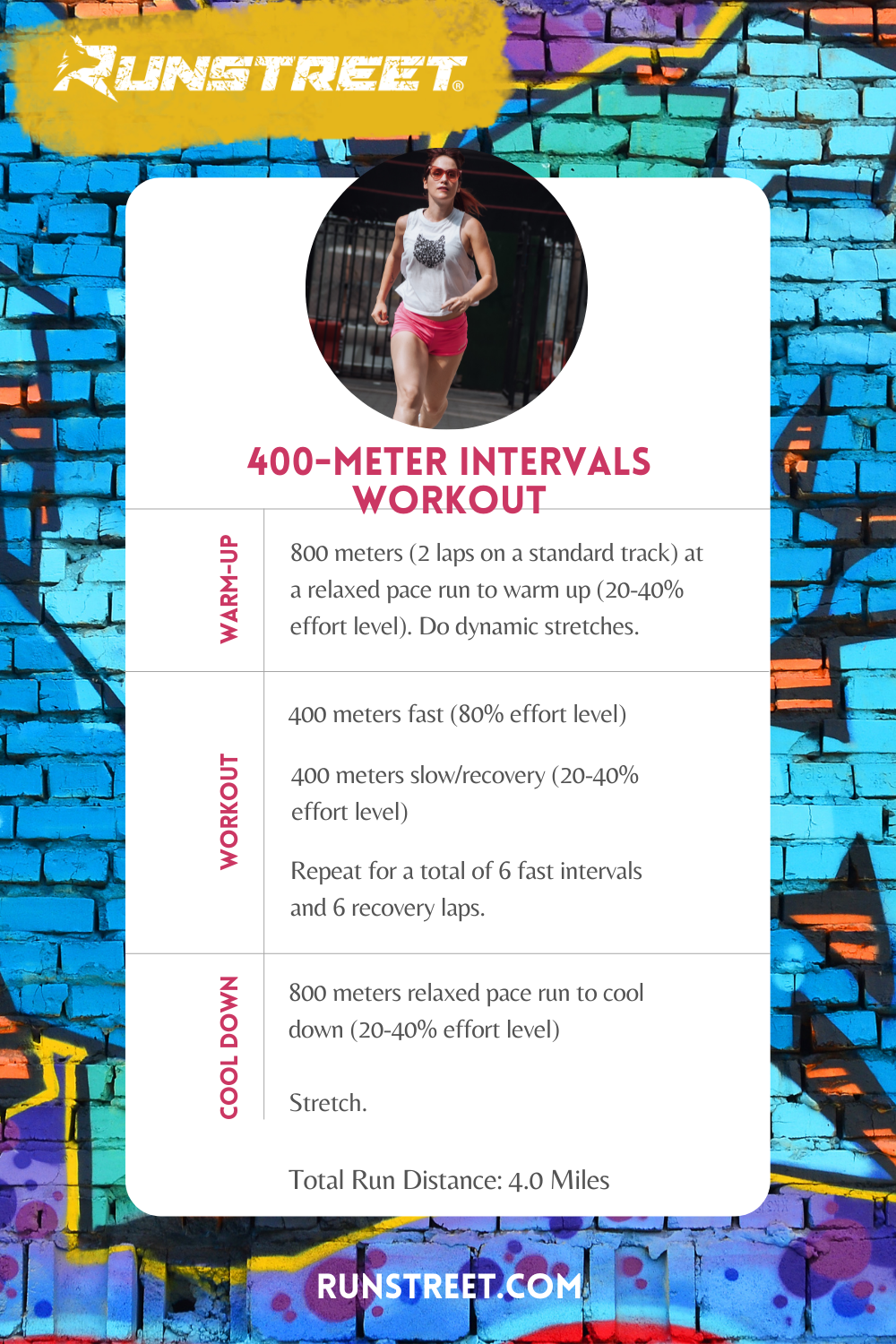Turbocharge Your Runs: Unlock Your Potential with Strategic Running Workouts
Turbocharge Your Runs: Unlock Your Potential with Strategic Running Workouts
Blog Article
Taking Care Of Usual Running Discomforts: Reasons, Solutions, and Avoidance
As joggers, we often experience different pains that can impede our efficiency and pleasure of this physical task. From the devastating pain of shin splints to the irritating IT band disorder, these usual operating discomforts can be irritating and demotivating. Recognizing the reasons behind these disorders is critical in properly resolving them. By discovering the origin reasons for these running pains, we can uncover targeted solutions and safety nets to ensure a smoother and more meeting running experience (useful guide).
Typical Running Discomfort: Shin Splints
Shin splints, a common running discomfort, commonly arise from overuse or incorrect footwear during exercise. This problem, clinically called medial tibial stress disorder, materializes as pain along the inner side of the shinbone (shin) and is common among professional athletes and joggers. The repeated stress on the shinbone and the cells connecting the muscle mass to the bone leads to swelling and discomfort. Runners that quickly enhance the strength or period of their workouts, or those that have flat feet or improper running strategies, are especially susceptible to shin splints.
To avoid shin splints, people need to gradually boost the strength of their exercises, use proper shoes with correct arch support, and preserve versatility and toughness in the muscular tissues surrounding the shin. If shin splints do occur, preliminary therapy entails remainder, ice, compression, and elevation (RICE) Additionally, integrating low-impact tasks like swimming or biking can aid keep cardio fitness while allowing the shins to heal. Consistent or serious situations might need clinical analysis and physical treatment for reliable monitoring.
Typical Running Pain: IT Band Syndrome
Along with shin splints, another widespread running discomfort that professional athletes typically experience is IT Band Syndrome, a problem created by swelling of the iliotibial band that runs along the outer upper leg and knee. IT Band Disorder usually manifests as pain on the exterior of the knee, particularly during tasks like running or biking. The iliotibial band is a thick band of fascia that links the hip to the shin, and when it comes to be irritated or tight, it can massage versus the thigh bone, bring about pain and pain.
Joggers experiencing IT Band Disorder may see a stinging or aching experience on the outer knee, which can worsen with ongoing activity. Aspects such as overuse, muscle mass imbalances, incorrect running form, or poor workout can add to the advancement of this problem. To avoid and relieve IT Band Syndrome, joggers must focus on extending and strengthening workouts for the hips and thighs, correct footwear, progressive training progression, and attending to any biomechanical concerns that may be worsening the problem. Overlooking the symptoms of IT Band Disorder can lead to persistent concerns and extended recuperation times, emphasizing the value of early intervention and correct management methods.
Usual Running Discomfort: Plantar Fasciitis

Plantar Fasciitis can be credited to different aspects such as overtraining, inappropriate shoes, operating on difficult surface areas, or having high arcs or flat feet. To avoid and ease Plantar Fasciitis, joggers can integrate stretching exercises for the calves and plantar fascia, wear supportive footwear, keep a healthy and balanced weight to lower pressure on the feet, and progressively boost running intensity to prevent sudden stress on the plantar fascia. If symptoms linger, it is advised to get in touch with a medical care expert for appropriate diagnosis and therapy alternatives to attend to the condition effectively.
Usual Running Discomfort: Runner's Knee
After dealing with the challenges of Plantar Fasciitis, an additional common issue that joggers usually deal with is Runner's Knee, an usual running discomfort that can hinder sports efficiency and cause pain during physical activity. Jogger's Knee, likewise referred to as patellofemoral discomfort syndrome, shows up as pain around or behind the kneecap. This condition is usually associated to overuse, muscle inequalities, incorrect running strategies, or issues with the alignment of the kneecap. Joggers experiencing this pain may really feel a boring, hurting pain while running, rising or down stairs, or after extended periods of resting. To protect against Jogger's Knee, it is vital to integrate appropriate workout and cool-down regimens, maintain solid and balanced leg muscle mass, use appropriate shoes, and gradually increase running strength. If signs and symptoms continue, looking for recommendations from a medical care expert or a sports medicine expert is suggested to identify the underlying reason and create a tailored treatment strategy to ease the pain and protect against additional difficulties.
Typical Running Pain: Achilles Tendonitis
Typically afflicting runners, Achilles Tendonitis is a painful problem that affects the Achilles tendon, causing pain and prospective limitations in physical task. see this here The Achilles tendon is a thick band of tissue that attaches the calf bone muscle mass to the heel bone, critical for tasks like running, leaping, and walking - great post to read. Achilles Tendonitis commonly creates due to overuse, incorrect footwear, inadequate extending, or sudden rises in exercise
Signs And Symptoms of Achilles Tendonitis include discomfort and rigidity along the tendon, especially in the early morning or after durations of inactivity, swelling that worsens with task, and perhaps bone stimulates in persistent instances. To stop Achilles Tendonitis, it is important to stretch effectively previously and after running, use suitable shoes with appropriate support, slowly boost the strength of exercise, and cross-train to lower recurring stress on the tendon. Treatment might include remainder, ice, compression, elevation (RICE protocol), physical treatment, orthotics, and in severe situations, surgery. Early intervention and correct treatment are critical for taking care of Achilles Tendonitis effectively and stopping lasting issues.
Conclusion

Report this page